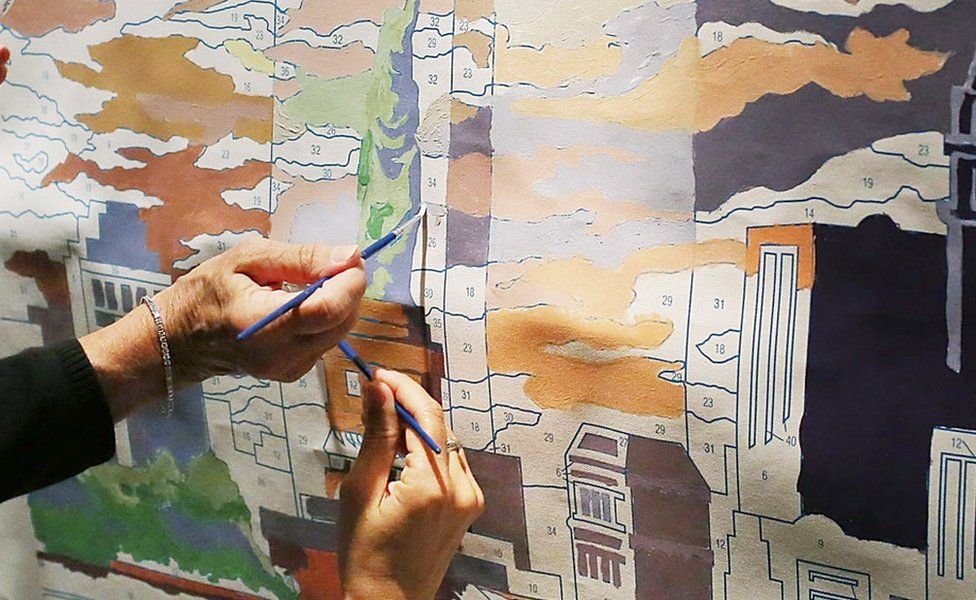DRUG DELIVERY SYSTEM WORKS LIKE ‘PAINT BY NUMBERS’
A new drug delivery machine, referred to as cavitation dose painting, would make getting capsules to move greater like “paint by numbers” and less like paintball.
If the drug desires to enter the bloodstream and circulate at some point in your body for treating disorder wherever it can be, the paintball-like shipping gadget may work. Still, it received work for targeted and precise drug delivery.
A method greater like “portray with the aid of numbers” could transport a certain amount of drugs to an exact location. Researchers at the McKelvey School of Engineering and the School of Medicine at Washington University in St. Louis are growing the equipment vital for any such system.
MICROBUBBLES IN ACTION
Using targeted ultrasound with its comparison agent, microbubbles, to supply drugs across the blood-mind barrier (FUS-BBBD), the research crew, led by Hong Chen, assistant professor of biomedical engineering at McKelvey School of Engineering, an assistant professor of radiation oncology on the School of Medicine, was capable of overcoming a number of the uncertainty of drug transport.
This method takes advantage of the microbubbles increasing and contracting when they interact with the ultrasound, essentially pumping the intravenously introduced drug to anyplace the ultrasound is pointing.
To determine how much of the drugs had been being brought, the researchers used nanoparticles tagged with radiolabels to symbolize drug debris, then used positron emission tomography (PET) imaging to music their whereabouts and concentrations. They could then create a detailed image showing wherein the nanoparticles have been going and in what levels.
“The trouble is, PET imaging is costly and related to radioactive exposure,” Chen says. So the team turned to passive cavitation imaging (PCI), an ultrasound imaging technique that has been underneath development with the aid of several businesses for imaging the spatial distribution of microbubble cavitation or the oscillation of microbubbles within the ultrasound discipline.

To determine whether or not PCI may correctly assess the amount of medication in a real area, they correlated a PCI image with a PET photo (which they knew can quantify the awareness of radioactive sellers).
“We discovered there’s pixel through pixel correlation among the ultrasound imaging and the PET imaging,” says Yaoheng Yang, the lead creator of the take a look at and a 2d-12 months Ph.D. pupil inside the biomedical engineering department. CONSEQUENTLY, the PCI photograph can expect in which a drug is going and what kind of medicine is there. Hence, she called the brand new approach to cavitation dose painting.
BRAIN DRUG DELIVERY
In the future, Chen believes this approach could extensively change the way a few capsules are delivered. For example, using cavitation dose painting in tandem with focused ultrasound will permit medical doctors to give precise quantities of drugs to specific places and concentrate on one-of-a-kind areas of a tumor with exactitude.
“I suppose this cavitation does portray technique in combination with centered ultrasound-enabled brain drug shipping opened new horizons in spatially focused and modulated mind drug transport,” Chen says.
The Children’s Discovery Institute of Washington University and St. Louis Children’s Hospital, the American Cancer Society, and the National Institutes of Health (NIH) supported the work. In addition, Chen recently received a furnish from the NIH National Institute of Biomedical Imaging and Bioengineering to combine intranasal drug delivery and centered ultrasound with these studies.
